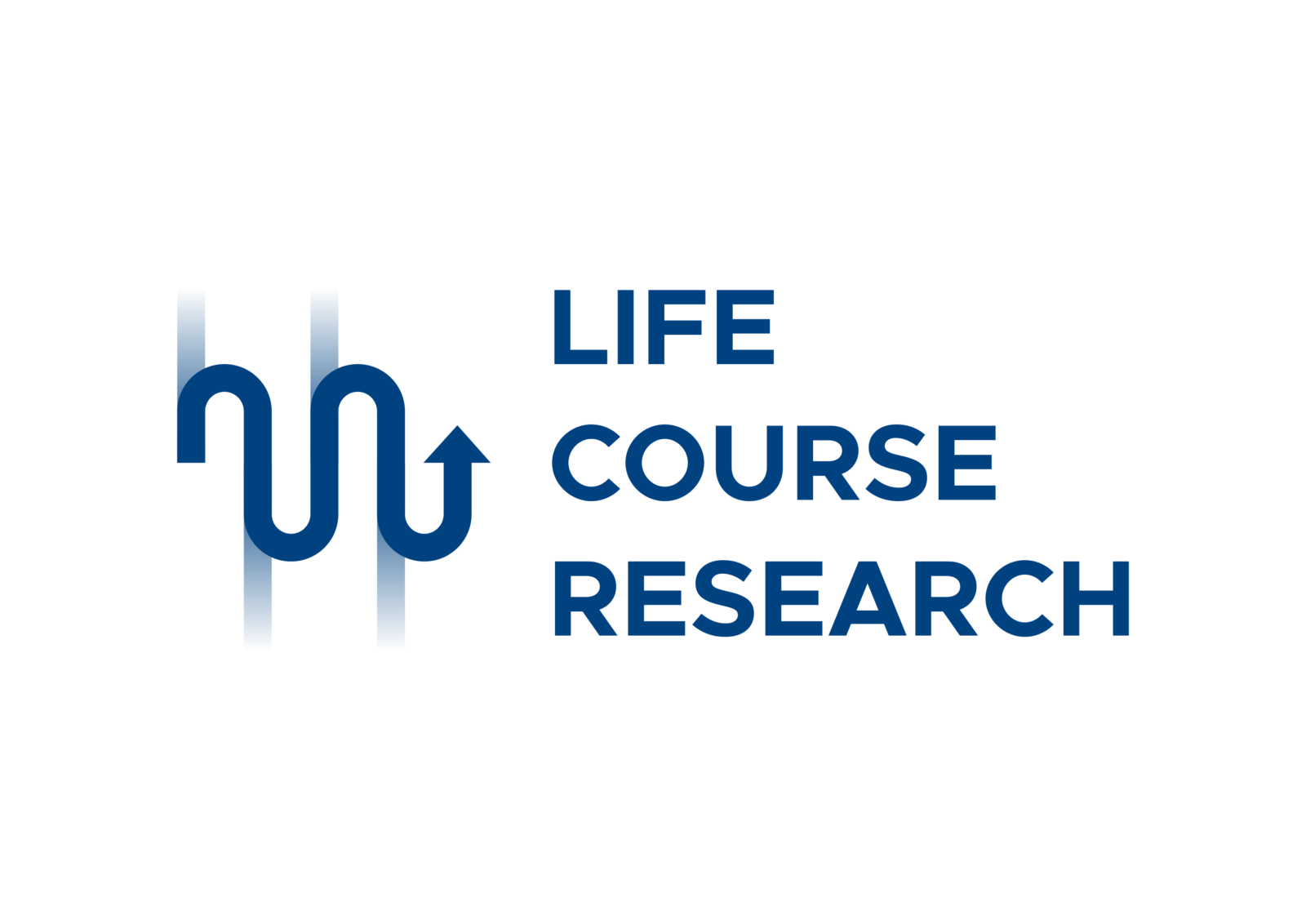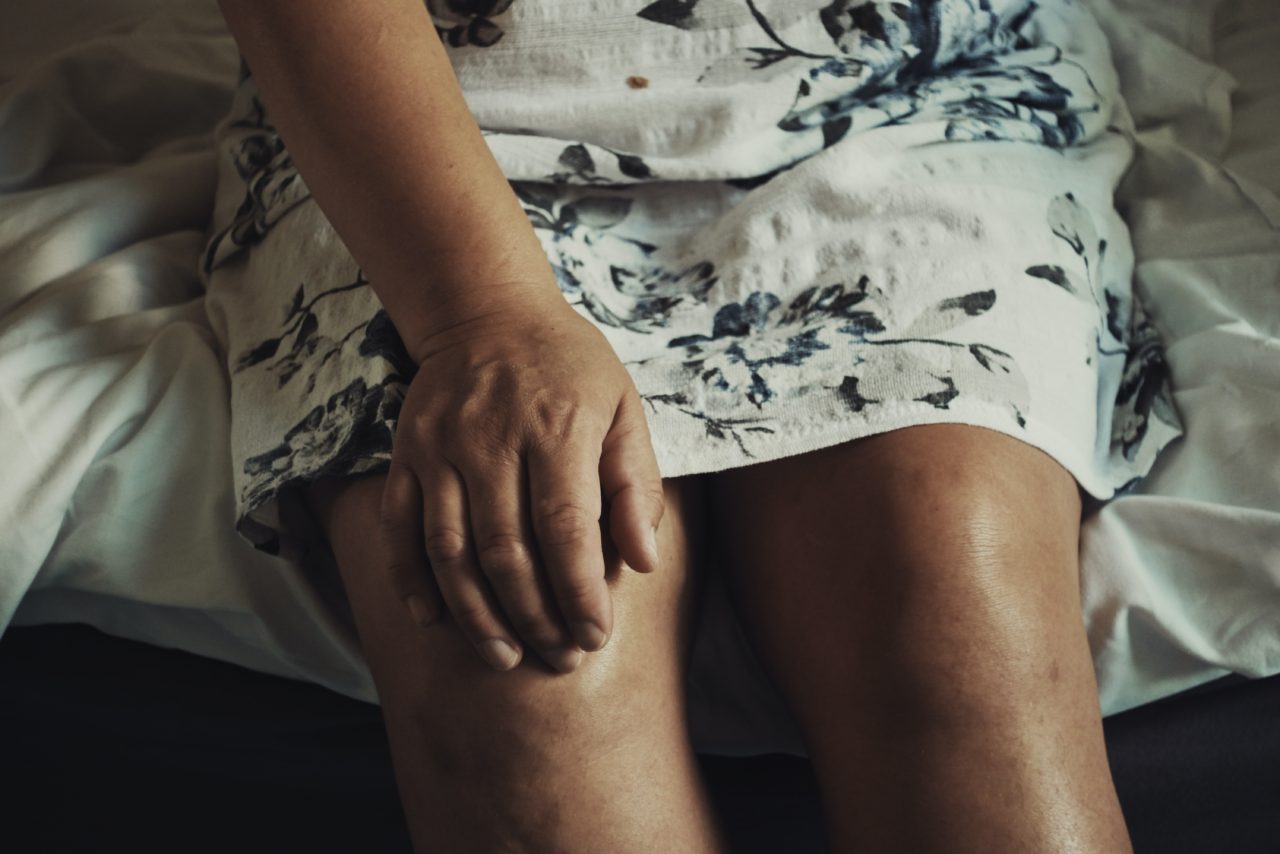Violence against elderly women
Violence against women is a pervasive and concerning problem worldwide, which requires an approach that reflects the complexity of gender-based violence.
In this context, particular attention should be paid to the extreme ages of life, including older women.
The WHO estimates that globally up to 4 million elderly people are victims of physical and psychological abuse every year in both domestic and institutional settings. Unfortunately, in recent years, violence against the elderly has been steadily growing, mirroring the progressive aging of the population. To date, however, there are no national statistics on violence against older women, who certainly deserve more attention.
Sorrentino et al. (2020) have recently carried out a study on 1,207 women victims of femicide in Italy in the decade 2010-2019, focusing on the type of violence suffered and the reason behind it. They compared data relative to adolescent/young (15-24 yo), adult (25-64 yo) and elderly (65-93 yo) women from the FATHERS archive, which is part of a large study on femicides, and from databases of local, regional and national online media and newspapers—3,092 online articles in total. The information collected was coded according to the Family and Intimate Partner Fatality Review Protocol.
In the study sample, 27.1% of women were over the age of 65 years, while 8.1% were in the 15-24 yo age group and 64.8% in the 25-64 yo age group. The authors reported a slightly decreasing trend in femicides over the last decade, with an average of 121 women killed per year and two peaks in 2013 and 2016. In about 60% of cases, the perpetrator was the partner or ex-partner. Controlling behaviors were found to be the most common type of violence experienced regardless of age group, followed by stalking among adolescents and adult women and physical violence in older women. As for the reasons behind femicide in the three different age groups, jealousy and non-acceptance of the end of a relationship were more common in adult women than in adolescents or older women. In elderly women, homicide was associated with the presence of a physical or mental illness, in the victim, in the aggressor or in both.
Source
Sorrentino A, Guida C, Cinquegrana V, Baldry AC. Femicide Fatal Risk Factors: A Last Decade Comparison between Italian Victims of Femicide by Age Groups. Int J Environ Res Public Health. 2020 Oct 29;17(21):E7953. doi: 10.3390/ijerph17217953.



